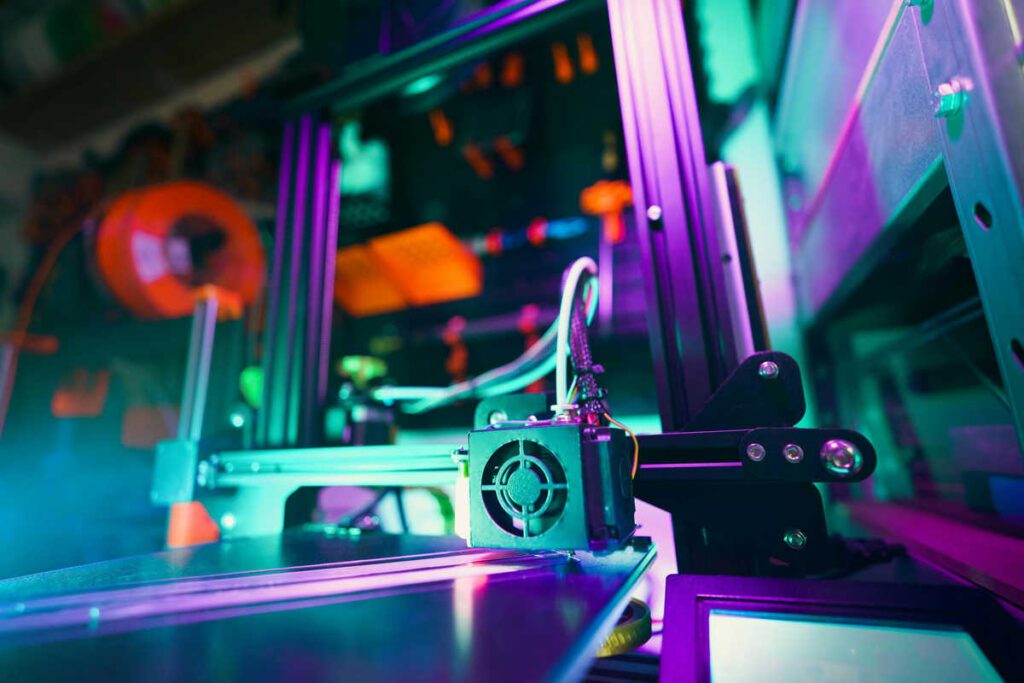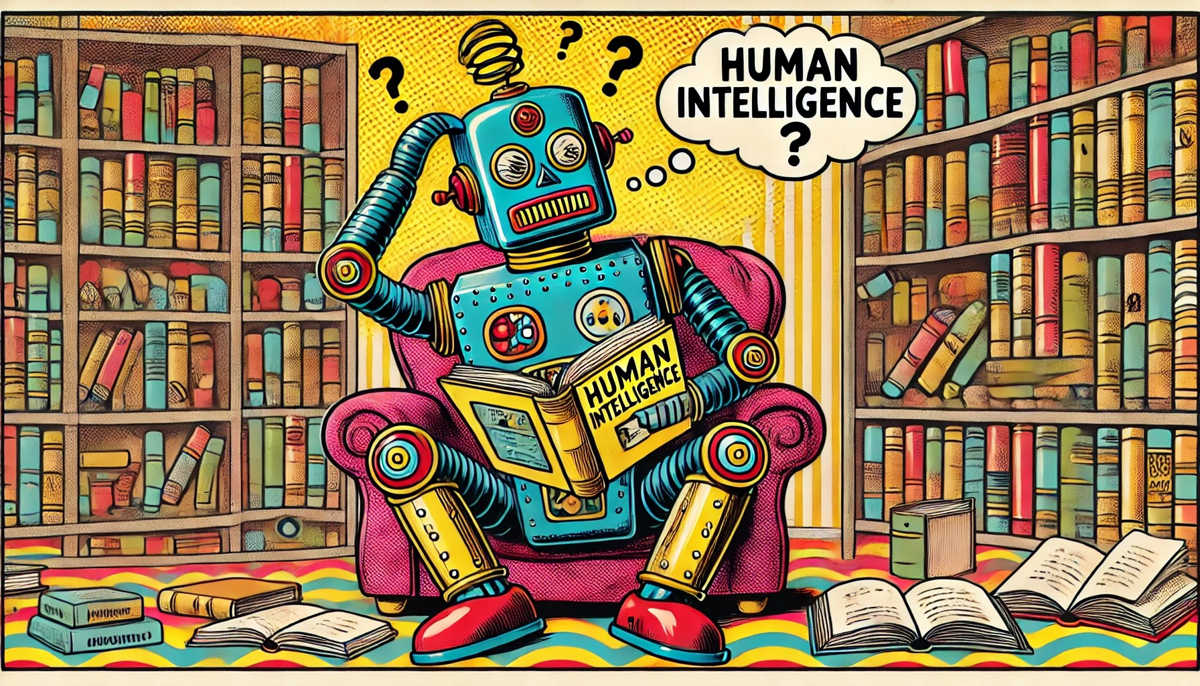Artificial Intelligence (AI) has become one of the most talked-about technologies of the 21st century (here’s a simple explanation on what is AI), but within AI lie two critical subfields: Machine Learning (ML) and Deep Learning (DL). These terms are often used interchangeably, but they have distinct differences. Understanding AI vs Machine Learning vs Deep Learning is crucial, whether you’re a business leader, developer, or simply curious about the future of technology.
At its core, AI is the broadest concept—encompassing everything from rule-based systems to complex neural networks. Machine Learning (ML) represents a subset of AI, enabling computers to learn from data without being explicitly programmed. Deep Learning (DL), a more sophisticated evolution of ML, leverages neural networks to mimic the human brain’s ability to recognize patterns and make decisions.
To truly grasp AI vs Machine Learning vs Deep Learning, let’s break each concept down with simple analogies, real-world applications, and an exploration of their future impact.
Understanding AI vs Machine Learning vs Deep Learning

To put it simply, AI vs Machine Learning vs Deep Learning can be compared to a hierarchy:
- AI (Artificial Intelligence): The overarching field that includes any machine capable of performing tasks that typically require human intelligence, such as reasoning, problem-solving, and perception.
- ML (Machine Learning): A subfield of AI that focuses on developing algorithms that allow computers to learn from data and improve over time.
- DL (Deep Learning): A further specialization of ML that uses multi-layered neural networks to process vast amounts of data in ways that traditional ML cannot.
Imagine learning math:
- Machine Learning is like a high school student who learns how to solve problems by practicing with examples and understanding patterns.
- Deep Learning is like a university student who not only solves problems but can also derive new mathematical concepts without needing explicit examples.
Simple Definition of ML and DL
A practical way to distinguish AI vs Machine Learning vs Deep Learning is through everyday examples:
- Machine Learning (ML): Suppose you want to teach a child to recognize cats. You show them different pictures of cats and tell them, “This is a cat.” Over time, they remember the common features—whiskers, pointy ears, fur—and can identify cats without additional guidance. ML works similarly by learning from labeled data and improving its predictions over time.
- Deep Learning (DL): Instead of explicitly teaching the child, imagine if they could look at thousands of animal pictures and figure out what a cat is on their own, without any labels. They might identify subtle features that distinguish cats from dogs or foxes. This self-learning ability mirrors how deep learning models analyze vast amounts of unstructured data to make intelligent decisions.
The key distinction is that ML requires structured data and human supervision, while DL can learn from unstructured data, identifying patterns without explicit programming.
Real-World Examples: Spam Filters vs Self-Driving Cars
One of the best ways to understand AI vs Machine Learning vs Deep Learning is through real-world applications:
Machine Learning Example: Spam Filters
Email spam filters use Machine Learning algorithms to detect and classify spam messages. These filters learn from historical email data, identifying words, phrases, and sender reputations that correlate with spam. Over time, they become more accurate at blocking unwanted emails without needing explicit rule updates.
How it works:
- The filter learns from past spam reports.
- It identifies patterns (e.g., common spam phrases like “Congratulations, you won!”).
- It applies these patterns to new emails, filtering out spam with increasing accuracy.
Deep Learning Example: Self-Driving Cars
Self-driving cars rely on Deep Learning to interpret real-time sensor data, recognize objects, and make driving decisions. Unlike traditional ML algorithms that require human-labeled data, deep learning models process vast amounts of images and sensor data to identify pedestrians, road signs, and other vehicles autonomously.
How it works:
- Neural networks process video feeds and LiDAR sensor data.
- The model learns to distinguish pedestrians, traffic lights, and obstacles.
- It continuously improves by simulating real-world driving conditions and learning from mistakes.
This showcases why Deep Learning surpasses traditional Machine Learning in complex decision-making environments.
How AI, ML, and DL Differ from Traditional Programming

A common misconception is that AI vs Machine Learning vs Deep Learning is just another form of traditional programming. While they may appear similar—both involve logical progressions—there is a fundamental difference in how they work.
Traditional Programming: Rule-Based Logic
Traditional programming follows a strict if-then-else structure, meaning every possible scenario must be explicitly programmed by a human. The system executes predefined instructions without learning or adapting.
Example:
- A spam filter using traditional programming would follow rules like:
- If an email contains the phrase “Congratulations! You won”, mark it as spam.
- If an email contains more than 5 exclamation marks, flag it as spam.
- If the sender is on a blacklist, block the email.
This approach is effective for well-defined scenarios, but it struggles with new patterns. If spammers change their tactics (e.g., “You w0n a pr1ze!”), the system won’t recognize the new variation unless explicitly updated.
Machine Learning: Learning from Data
Instead of relying on hardcoded rules, Machine Learning allows computers to recognize patterns from data. Instead of manually defining what makes an email spam, an ML model is trained on thousands of examples of spam and non-spam emails. Over time, it learns the characteristics of spam and generalizes its knowledge to new emails, even if they contain unseen variations.
Example:
- An ML-powered spam filter would analyze thousands of emails, learning that certain words, frequencies, and metadata (sender reputation) correlate with spam. The model improves over time as more data is fed into it.
Deep Learning: Automatic Feature Extraction
Deep Learning takes this concept further by using neural networks that automatically extract features from data without requiring human intervention.
Example:
- A DL-powered spam filter wouldn’t just analyze words but could also detect phishing attempts, email formatting styles, and attachment types. It learns complex relationships without explicit programming.
How It Works:
- Text & Context Analysis: Unlike traditional filters that rely on specific words or phrases, a deep learning spam filter analyzes the entire context of an email. It examines sentence structure, writing style, and hidden signals that indicate deception.
- Image & Attachment Scanning: If an email contains attachments, the DL model can analyze the file type, metadata, and even the contents of images (e.g., scanning screenshots of fake invoices or fraudulent documents).
- Behavioral Pattern Recognition: The system can track how users typically interact with emails. If an email urges immediate action (e.g., “Click this link now!”), the model flags it as suspicious.
- Network & Sender Reputation Analysis: Deep learning models evaluate the sender’s IP, domain history, and authentication records (SPF, DKIM, DMARC) to detect malicious senders.
- Self-Learning Feedback Loop: Every time users mark emails as spam or not spam, the DL model refines its understanding, improving detection rates over time without human intervention.
This makes deep learning-based spam filters more effective at stopping phishing scams, malware emails, and even social engineering attacks before they reach users.
Key Differences: Traditional Programming vs. AI/ML/DL
| Feature | Traditional Programming | Machine Learning (ML) | Deep Learning (DL) |
|---|---|---|---|
| Approach | Rule-based (if-then-else) | Learns from labeled data | Self-learns patterns from massive data |
| Adaptability | Needs manual updates | Improves with data | Continuously refines without explicit intervention |
| Complexity Handling | Good for structured, predictable tasks | Works with structured and semi-structured data | Handles unstructured data like images, audio, and text |
Why This Matters
Understanding AI vs Machine Learning vs Deep Learning in contrast to traditional programming is crucial because businesses often struggle to decide whether they need AI at all. If a task is simple and well-defined, a traditional program may be sufficient. However, for dynamic, data-driven decision-making, ML and DL offer a level of adaptability that traditional programming cannot.
Why Deep Learning is More Advanced
The core advantage of Deep Learning over Machine Learning lies in its ability to analyze vast amounts of unstructured data with minimal human intervention.
Think of it like painting:
- Machine Learning is like a beginner using a paint-by-numbers kit. They follow predefined patterns and instructions, applying colors in specific areas to complete the image. ML algorithms work similarly—they rely on structured data and need human guidance to extract relevant features from the dataset.
- Deep Learning is like an experienced painter staring at a blank canvas. They don’t need step-by-step instructions; they can visualize the entire composition, choose colors intuitively, and create something entirely new based on their experience. Deep Learning models, powered by neural networks, do the same—they analyze vast amounts of data, recognize patterns on their own, and make intelligent decisions without explicit programming.
This ability makes Deep Learning superior in complex, data-rich environments like image recognition, speech processing, and autonomous decision-making. Just like an artist refining their technique over time, DL models improve as they are exposed to more data.
Key Differences:
| Feature | Machine Learning (ML) | Deep Learning (DL) |
|---|---|---|
| Data Dependency | Works well with structured data | Excels with unstructured data (images, speech, etc.) |
| Feature Engineering | Requires manual feature selection | Learns features automatically |
| Training Time | Faster training, less computational power | Requires massive data and computing resources |
| Complexity | Suitable for simpler tasks | Ideal for complex tasks like image recognition |
Neural Networks: The Brain of Deep Learning Deep Learning uses artificial neural networks, modeled after the human brain, to extract meaningful patterns from raw data. These networks have multiple layers (hence the term ‘deep’), allowing them to:
- Recognize objects in images with near-human accuracy.
- Process natural language, powering virtual assistants like Siri and Alexa.
- Generate human-like text responses in chatbots and AI-driven writing assistants.
Deep Learning’s ability to learn from massive datasets makes it the foundation of modern AI breakthroughs.
Future Applications of ML & DL
As technology advances, AI vs Machine Learning vs Deep Learning will continue transforming industries. Some exciting applications include:
Healthcare: AI-Powered Diagnostics

Deep Learning is revolutionizing medicine by analyzing medical images, detecting diseases, and even predicting patient outcomes by using predictive AI models. For example, AI can now diagnose certain cancers with an accuracy comparable to human doctors.
Deep Learning is revolutionizing medicine by analyzing medical images, detecting diseases, and even predicting patient outcomes. AI vs Machine Learning vs Deep Learning are transforming diagnostics, leading to faster, more accurate medical assessments.
Example: Cancer Detection Using AI
A study published in Nature Medicine demonstrated that Deep Learning algorithms can diagnose lung cancer with an accuracy rate comparable to human radiologists. The system analyzed CT scans to detect early-stage cancer nodules, reducing false positives and minimizing missed diagnoses.
Example: Predicting Patient Deterioration
Another study from The National Library of Medicine found that Deep Learning models can predict patient deterioration in hospitals by analyzing medical records and identifying subtle risk factors. Hospitals like Mayo Clinic and Stanford Health are adopting AI-powered tools to improve patient monitoring.
Why It Matters?
Unlike traditional rule-based diagnostic systems, Deep Learning continuously refines its predictions, improving over time without requiring explicit programming. This makes AI vs Machine Learning vs Deep Learning essential in modern healthcare.
Finance: Fraud Detection & Algorithmic Trading

Machine Learning models analyze financial transactions to detect fraud patterns, preventing cybercrime in real-time. Meanwhile, hedge funds use Deep Learning to predict stock market trends and execute automated trades.
Example: AI in Fraud Detection
A study published on Reseach Gate found that Deep Learning models outperform traditional fraud detection algorithms by identifying fraudulent transactions in real-time. Companies like PayPal and Mastercard use AI-driven fraud prevention, reducing false positives while catching more fraudsters.
Example: Deep Learning in Stock Market Prediction
Hedge funds and investment firms, such as BlackRock and Renaissance Technologies, are leveraging Deep Learning models to analyze market sentiment, predict stock price movements, and execute high-frequency trades. Research from ScienceDirect shows that Neural Networks outperform traditional statistical models in predicting stock market trends.
Why It Matters?
Unlike static rule-based fraud detection, AI vs Machine Learning vs Deep Learning models adapt in real-time, identifying new fraud patterns and market trends with minimal human intervention.
Entertainment: AI-Generated Content

Streaming platforms like Netflix and Spotify use ML algorithms to recommend shows and songs based on user preferences. Meanwhile, AI-powered tools like DALL-E generate artwork and deepfake videos with stunning realism.
From music and video recommendations to AI-powered art, the entertainment industry heavily relies on AI vs Machine Learning vs Deep Learning to enhance user experience.
Example: AI in Streaming Platforms
Netflix and Spotify use Machine Learning algorithms to personalize recommendations. A paper by Gómez-Uribe & Hunt describes how Netflix’s ML-powered recommendation engine improves engagement by 80%, keeping users hooked with tailored content.
Example: Deep Learning in AI-Generated Art & Video
AI-generated artwork using DALL-E and Runway ML has taken creativity to the next level. A study from arXiv shows how Deep Learning models generate photorealistic images and deepfake videos, revolutionizing film production and digital media.
Why It Matters?
By continuously analyzing vast amounts of user data, AI vs Machine Learning vs Deep Learning enable hyper-personalized experiences in entertainment, making content more engaging and accessible.
Robotics: Smarter Automation

Factories use Machine Learning-driven robotics for precision manufacturing, while autonomous delivery drones leverage Deep Learning for real-time navigation.
Example: AI in Precision Manufacturing
Tesla’s GigaFactories use Machine Learning-driven robotics to optimize assembly line processes, detect manufacturing defects, and reduce material waste. According to a study, ML-based robotic automation improves production efficiency by 30%.
Example: Deep Learning in Autonomous Drones & Vehicles
Autonomous drones from Amazon Prime Air and self-driving cars from Waymo and Tesla use Deep Learning models to analyze surroundings, avoid obstacles, and navigate safely. Research demonstrates that DL-powered vision systems can identify road signs, pedestrians, and hazards with over 95% accuracy.
Why It Matters?
Unlike traditional pre-programmed robots, AI vs Machine Learning vs Deep Learning allow robots to adapt dynamically, leading to greater efficiency and autonomy in real-world applications.
Conclusion
The impact of AI vs Machine Learning vs Deep Learning is undeniable. While Machine Learning helps AI systems improve with experience, Deep Learning takes it further by mimicking human cognition through neural networks.
From spam filters to self-driving cars, these technologies are shaping the future in profound ways. Understanding their differences not only helps us grasp current innovations but also prepares us for the intelligent, AI-driven world ahead.
